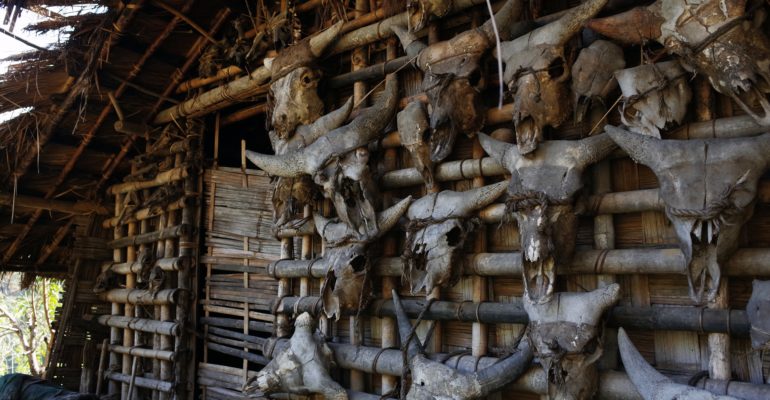Trophy hunting involves the recreational killing of an animal with the intention of displaying its body as a ‘trophy’. As some of the largest and most dangerous animals in the world, the Big Five – lions, leopards, rhinos, elephants, and buffalos – are the most coveted animals to kill by Western thrill-seekers. These animals, however, are also amongst the most endangered species in Africa.
AN ANIMAL RIGHTS ISSUE
Trophy hunting is amongst the most barbaric of bloodsports; it does not consider animal welfare. According to the Born Free Foundation, hunters are rarely expert shots and are often encouraged to use traditional weapons such as bows and arrows or handguns – the use of which increases the likelihood of prolonged suffering. Targeted animals may then be separated from their populations which results in considerable distress.
The case of Cecil – the Zimbabwean black-maned lion – made global headlines six years ago. On 1st July, 2015, Cecil was wounded with an arrow by Walter Palmer, an American recreational big-game hunter, and was then killed the following morning with an arrow after 10 hours of deterioration. Cecil made global headlines: not only had he been Hwange Park’s main attraction as the most photographable and observable lion, but the frivolous shooting of an endangered species was also condemned worldwide. Cecil, however, was only one of around 125,000 animals legally killed as a trophy in 2015.
A HUMAN RIGHTS ISSUE
Permitted trophy hunting remains legal in Zimbabwe, Namibia, South Africa, Benin, Burkina Faso, Ethiopia, Uganda, Botswana, Tanzania, Mozambique, and Zambia, with permits costing willing between $25 000-$45 000.
Perhaps unsurprisingly, trophy hunting is a rarity amongst locals; it is the pastime of vain Westerners who seek to compensate for their cowardice by shooting defenceless animals whilst hidden amongst shrubbery. The top four destinations for exported trophy items between 2008 and 2018 were the US, Germany, and Spain.
In a bid to justify their hunting, hunters often claim that their permit and hospitality benefit local economies. Conversely, an analysis produced by the International Council for Game and Wildlife Conservation and the UN Food and Agriculture Organisation found that hunting companies contribute on average just 3% of their revenues to communities living in hunting areas. Most of their income goes to government agencies, outfitters, and individuals located in national capitals and overseas.
Furthermore, a 2017 study concluded that ‘the current total economic contribution of trophy hunters from their hunting-related, and non-hunting-related, tourism is about 0.03% of GDP’ whereas a live elephant may be worth as much as $1.6m over its lifetime from photographic tourism.
A CONSERVATION ISSUE
Hunting proponents have also suggested that money generated through hunting fees benefits conservation agencies, and that hunting helps to control wildlife populations by removing individuals who are perceived as problematic (e.g., they may be ill, unfit, or displaying antisocial behaviour).
Yet trophy hunters rarely target ‘problem’ individuals: they covet animals with traits that make them desirable trophies. In the case of Cecil, his status as a pride leader and national symbol made him a particular desirable trophy. The killing of such strong individuals may threaten the future viability of the population.
CONCLUSION
As the number of endangered species rises and calls for local autonomy from Western powers are growing louder, the problem of trophy hunting is becoming unignorable. Laws must not only be implemented to protect wildlife and local communities, but they must also be enforced.
Photo Credit: Kentaro Komada

